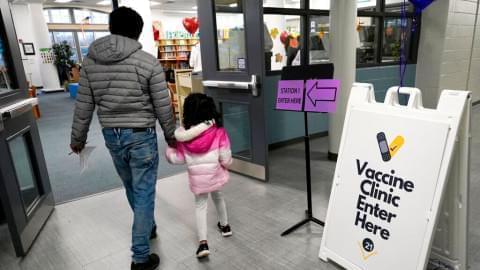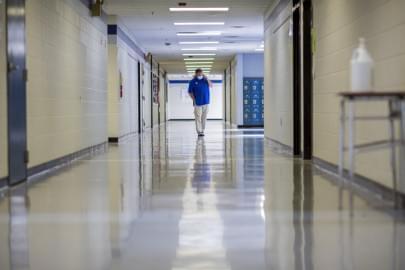
Answering your COVID questions
Though the coronavirus, like many other infectious diseases, will never be truly gone, it could one day be considered endemic like rhinovirus or other upper respiratory infections. Where do we go from here? We invited back two virologists to update us on what scientists now know and help answer more of your COVID-19 questions.


